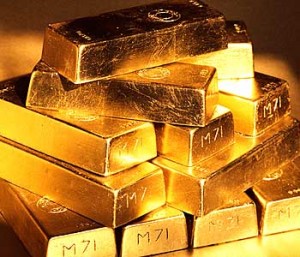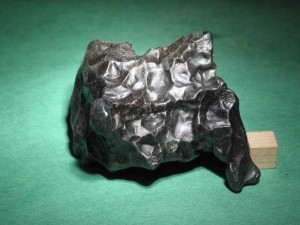
When it comes to the bare-knuckle basics of metal-working machinery, nothing says “old school” quite like the sledgehammer. This is “grassroots” machinery at its finest. Although they were and still are commonly used by blacksmiths to shape heavy sections of iron, the uses for a sledgehammer are practically unlimited. With this in mind, it only makes sense that in addition to her nail file and wallet, every woman should keep a sledgehammer in her purse at all times.
First of all, the name alone conjures up near-mythical images of wanton, gratuitous destruction. This is a good thing. Sometimes, all you have to do is casually mention the word, and people around you might feel more inclined to “do the right thing” when it comes to whatever that may be. So in that sense, the mere mention of the word “sledgehammer” might be enough to inspire your associates to work a little more quickly and efficiently. I’m probably preaching to the choir here since this is Management 101, but it does bear mentioning since this fundamental technique is so essential to good, effective leadership.
Secondly, it is a truly practical tool, and certainly its uses are not limited solely to ridiculously crude forms of metalworking. If you have a sudden need to bash something, a sledgehammer can be your best friend. Although acoustically there are few sounds more satisfying than sledgehammer-on-metal, it can also be used to bash a variety of objects or solids, from glass to concrete. I have personally witnessed an excellent instance of Man vs. Television, which took place in a neighbor’s front yard years ago, in which the sledgehammer being wielded by the Man was the deciding factor in winning that round. And yes, it was one of those neighborhoods that Bravo will never select for a season of Real Housewives.
Finally, the therapeutic benefits of using a sledgehammer cannot be ignored. If you aren’t willing or able to spend a day at a full-service spa (for either financial reasons or because you males are worried about getting your Man-cards revoked if you do), then consider the sledgehammer as an excellent alternative for your stress-relief needs. Not only is work with a sledgehammer excellent exercise, you will also find yourself extremely relaxed (if not completely passed out on the floor) by the time you have finished your sledgehammer workout. According to Wikipedia, “sledgehammers usually require two hands and a swinging motion involving the entire torso”, which makes it a comparable physical activity to Pilates. A note of caution, however: it pays to be slightly choosy about what object or surface you plan on sledgehammering. As effective as it is, it is difficult to rebuild something after it has been subjected to a sledgehammer workout session.
If you run out of ideas for your sledgehammer, you do what I did and Google “uses for sledgehammer”. You’ll be amazed. From driving fenceposts into the ground, to using them for both burglaries and for police-force raids to gain entry by force, the list of possibilities for a sledgehammer is nearly endless. With that said, my all-time personal favorite use for a sledgehammer can be found at WikiAnswers.com. The question being asked was, ““How do you take apart an upright piano?” One reader answered with the following gem (the typos aren’t mine):
“There are many ways if u dont want to be able to reassemble it afterwards take a hammer or better yet a sledgehammer or if u want it to be able to reassemble try using a screwdriver on the screws.
If u really want to take it apart to small pieces use some explosives.
Having had experience with a sledgehammer and an upright piano, I hope you are strong and in good physical condition – it will take all day. My husband suggests a catapult a la “Northern Exposure” and I tend to agree.”
If I could choose my own neighbors, I’d pick the couple that mentions sledgehammers and catapults as viable solutions for taking apart a piano.( read how to select best digital piano 2017 online) I really respect the fact that the wife’s recommendations for using a sledgehammer on a piano are actually backed by her own experience in the matter. I imagine that going over to their house for a beer would be highly entertaining. I’d just make sure to stay on their good side, and to not pick a home not located anywhere near the projectile path of their catapult.
-Anja Wulf


